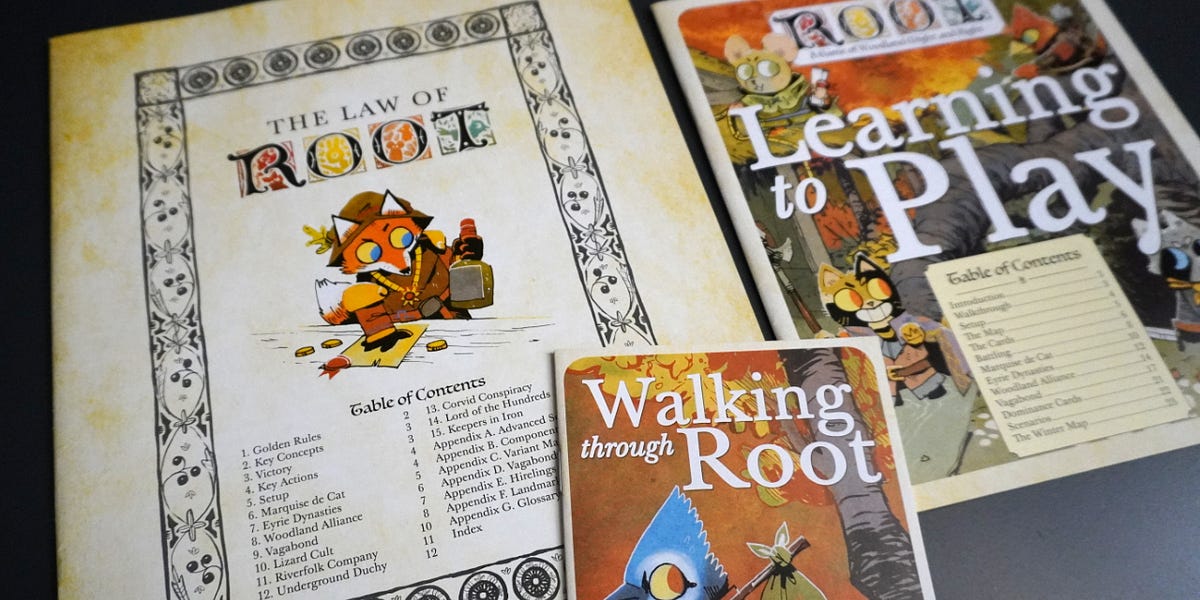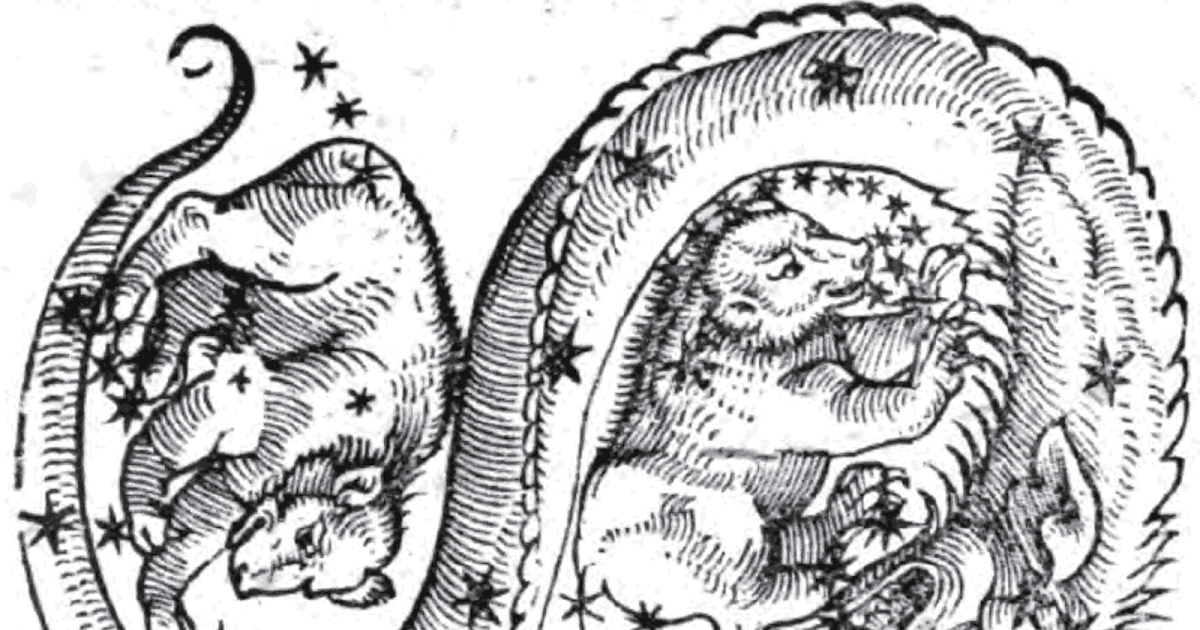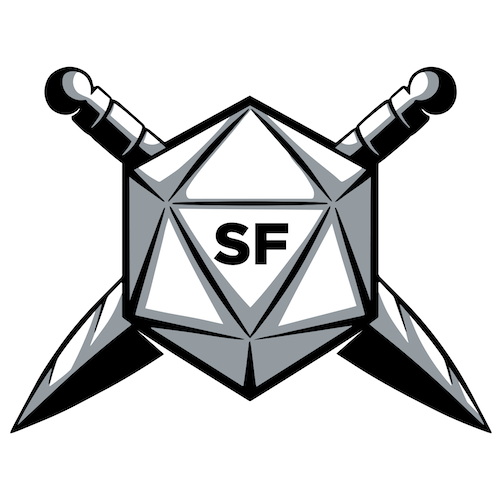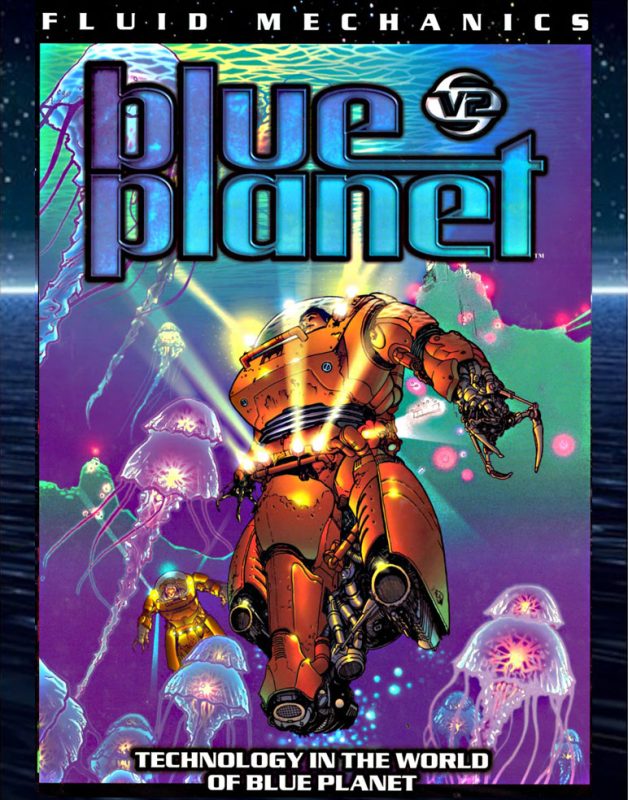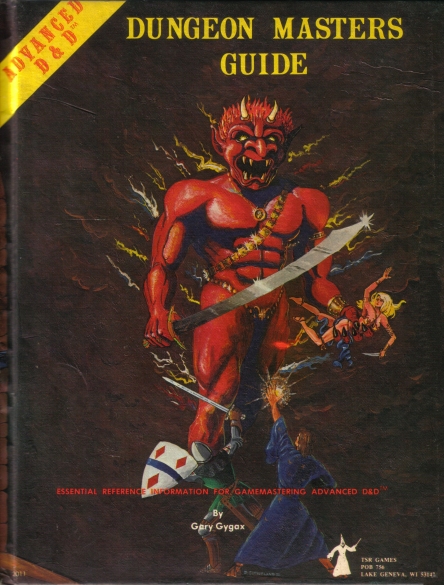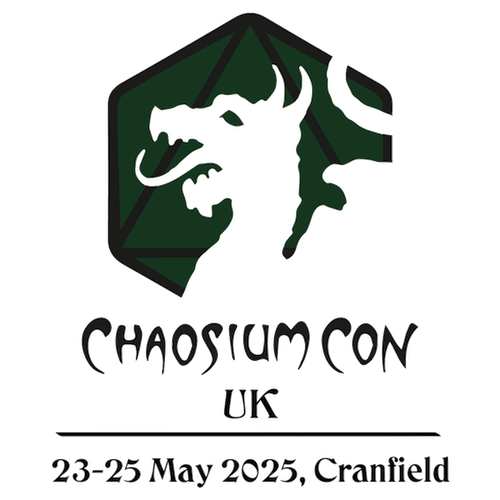SMOOSH JUICE
The Mythic Underworld is Gygaxian Naturalism

I get frustrated sometimes when people talk about Gygaxian Naturalism and the Mythic Underworld as two opposite sides of the “dungeon design” spectrum. Oftentimes, they’re portrayed as antithetical to each other. Aesthetically, I do think this is the case, but ultimately I think they’re trying to do the same thing.
When we’re playing a tabletop adventure game, the referee is transmitting an understanding of the world through (usually) spoken language to the players, who respond in kind. That’s a really convoluted way of saying the referee is explaining the situation.
As you play the game, you begin to collect an understanding of where you are in the world being shared with you and what is possible within it. You mainly do this by asking questions like “Would I know this?” “Could I do that? Would that be weird for me to do, given those?” or through making choices like “lick the goo” “I swing my sword at the dragon” and “I attempt to seduce the lord” and seeing their consequences. Generally, every choice you make or question you ask is an opportunity to learn about the world, and is an opportunity for the referee to transmit their understanding to the player.
We can skip a lot of these clarifying questions (and we do skip a lot of these clarifying questions in practice in most games I’ve played) through tropes and cliche. Vanilla fantasy works because we don’t have to worry about explaining the social function of a king or why adventurers exist in a setting. The brainpower that would’ve gone towards establishing a baseline understanding of how the world operates in a given game can instead go to understanding the game in a greater, more specific manner (or can instead just be preserved to move through the rest of your day with).
So how does this relate to dungeon design?
Gygaxian naturalism is concerned with transmitting an understanding of a space through naturalistic means. People need to eat, drink, and sleep. Buildings rot, decay, and crumble if not maintained. Monsters have access to food and water or else they starve. More importantly, this means that a lot of players can take their understanding of the real world into the fictional one. Here’s an example:
Most of my highschool friends took physics alongside each other. One of the more useful things we learned in physics was that you could calculate the depth of a hole or the height of a ledge by dropping a rock and counting how long it took to hit the bottom (for all but the most lengthy of holes, the travel time of sound is so negligible as to be zero). So, while we’re playing our tabletop adventure games, they use this understanding of the real world in the fictional world all the fucking time. They’ve got a fixation with dropping rocks in holes. Every time they see a hole its “I drop a rock in it and count the seconds until I hear the rock hit the bottom.” I just give them the depth at this point; they know the math, I know the math, I’m too lazy to determine the size of the planet they’re on to mess with them.
Because they understand the world around them, they can think laterally and exercise their agency in the dungeon in a way that wouldn’t be possible otherwise. Gygaxian naturalism is so powerful because people intrinsically view the world this way (or at the very least the concerns of Gygaxian naturalism dovetail nicely with most people’s popular understanding of the world and its inhabitants). Things like “we should block the door and starve them out” are leveraging that understanding of how the world works.
By contrast, “The Mythic Underworld” presents an alternative. The most popular aphorism paired with this school is “The Dungeon Hates You”, and this manifests in several ways. There’s the OD&D Mythic Underworld vibe that folks have been talking about for decades at this point, there’s interpretations of the Mythic Underworld thing like Nightwick Abbey that personify the dungeon space more directly. Even contemporary dungeons like Marmoris Carcerem or the kiss factory are playing with the Mythic Underworld way of making dungeons.
These dungeons feel so unique because we have to set aside our expectations when exploring them. Monsters don’t starve. The walls and floor don’t crumble, they breathe. Ash comes alive and drowns you, marionettes without their masters invite you to dance. These things are wondrous because they break our understanding of how things ought to be.
That doesn’t mean they’re inscrutable, though, and that’s the real allure of running dungeons in this style. Learning when and how Nightwick Abbey changes its layout can become something you use to your advantage. Understanding the byzantine traps in a hallway becomes an asset. Knowing that monsters don’t starve to death saves you a lot of time and helps you plan better. A good Mythic Underworld Dungeon teaches you these ontological quirks in the same way a naturalist dungeon allows you to learn What’s Up by leveraging your understanding of the real world.
Oftentimes, especially in my own home games, these Mythic Underworlds leverage the logic of fairy tales. People get a grip on the effects of True Love pretty quickly, just like people understand that you’d need the Magic Sword of Sir Brandon to even have a chance of slaying this dragon. To quote a part of “the kiss factory”:
[the skull] belonged to Cyra Nelms, a poet so in love with the Violet that even paralysis and now death could not stop her incredibly annoying odes of love.
If this were the real world, I’d be all sorts of upset. I’d stamp my feet and say “that doesn’t make sense!” But because we’ve got a unique understanding of the space, we can instead say “Literally me every time I see a Clairo fancam” and make choices based on that understanding.
Put it simply, both styles are giving you information with which to understand the space you’re in. The question shouldn’t be “how do I make sure I’m doing The Mythic Underworld/Gygaxian Naturalism correctly?” but “How do I make sure I’m giving my players enough information, assumed or otherwise, so that they can make meaningful choices and learn more about the world?” Both are approaches to transmit understanding that go about it in different ways, not two distinct methods of making dungeons that are mutually exclusive.
Additional Reading
- The Dodgers: These little guys are the archetypal example of bizarre, wondrous, but able to be understood.
- gods of a stolen world: Utterly bizarre, eminently understandable. Some of the best worldblogging of the past year has come from a stolen world.
- 1d6 Sad Knights: “He is not for this world. One day very soon he will be taken by a breath of light to somewhere else, and when he’s gone the entire world will be a little worse.”
- Plot, Characters, and Factions in RPGs: Talks about the realist lens for tabletop gaming and how it might fall short sometimes.
- Some Places in a Swamp: You ought to give it a read. How do the places in the swamp contrast with the kiss factory?
- One Monster, Five Rooms – Sea Star Temple: A good dungeon. Do I need a reason to include a good dungeon?
